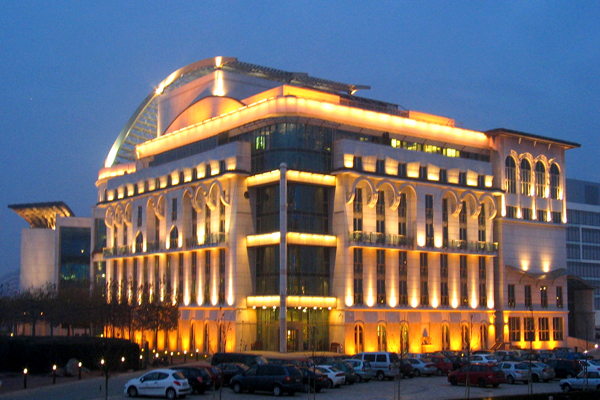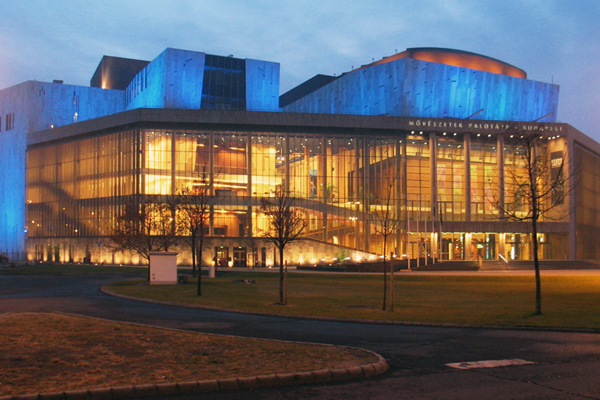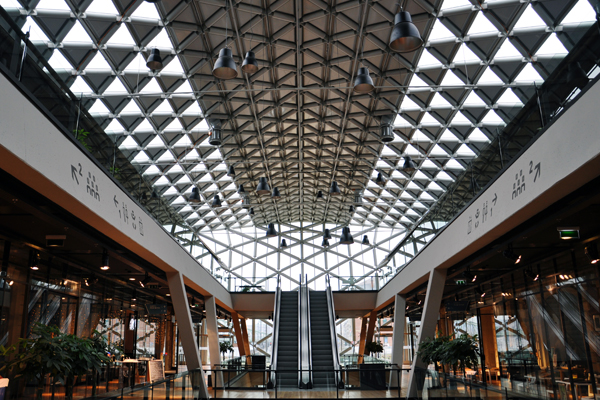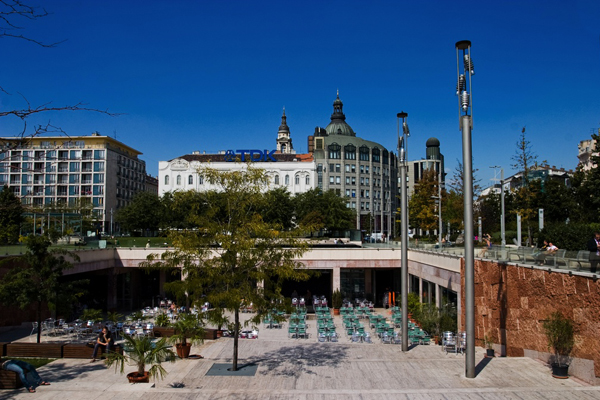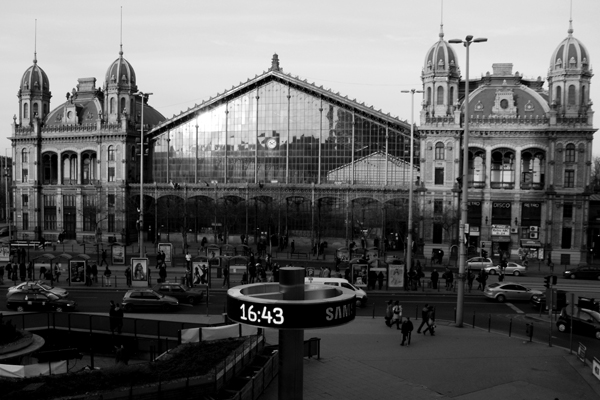Design terminal or DT for short, opened up in 2011 after many a halt.
The monumental building is located at Erzsébet Square, and a restaurant as well as a design shop is planned to be built next to it. The rooms and halls on the upper floors are suitable for housing conferences and exhibitions. DT has become a collector of contemporary design, urbanistics and civil projects. From time to time, the place hosts exciting exhibitions, one should pop in on a regular basis to check what’s going on in there. The Terminal considers it its major role to foster design in Hungary, to support young homeland designers and pulling the profession together. Conferences and seminars will be organized so that the fledging designers be equipped with sufficient legal and entrepreneurial knowledge and thus stand a better chance at domestic and international contests.

